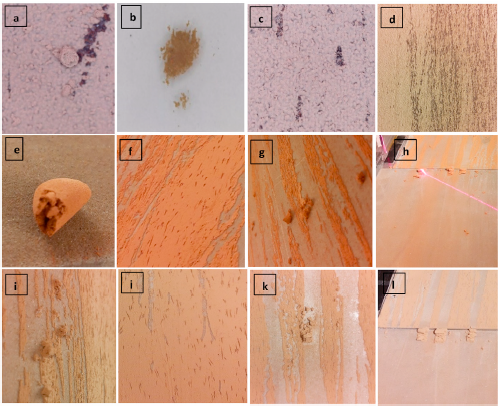Planetary and Space Science (2023); https://doi.org/10.1016/j.pss.2023.105638
A. Waza, J. Kjer, M. Peiteado, T. Jardiel, J. Iversen, K. Rasmussen, J. Merrison
In this laboratory investigation, Mars dust analogues have been mobilized by wind flow under Martian conditions of low density CO2. Various laser based techniques have been employed to quantify dust mobilization and suspension; these include 2D laser Doppler velocimetry, optical opacity and optical reflectance. Direct mobilization of dust has been observed with a threshold shear stress as low as around 0.036 ± 0.007 Pa though only for dust layers of >1 monolayer and at a flux as high as 220 ± 100 mg/m2/s at around 20% above threshold. The dust resuspension fluxes for this direct process have been measured to be significantly lower (order of magnitude) than the mobilization rate, typically around 10 mg/m2/s at a shear stress of 0.15 Pa. This mechanism involved the removal, transport and breakup of dust aggregates. In another mechanism, saltating sand was seen to remobilize deposited dust layers <1 monolayer at a similar mobilization flux of around 50 ± 20 mg/m2/s and with a threshold of around 0.08 ± 0.008 Pa. At the high wind speeds used in these studies a significant fraction of the saltating sand grains become transported at relatively high elevation (>10 cm) and to high velocity. These essentially suspended grains were seen to generate a large flux of dust through impact abrasion. This constitutes a potential mechanism for dust generation on Mars, though is beyond the scope of this study to isolate and investigate

This is a Photograph series of the dust coated immobile sand beds after exposure to wind flow under Mars simulation conditions.

